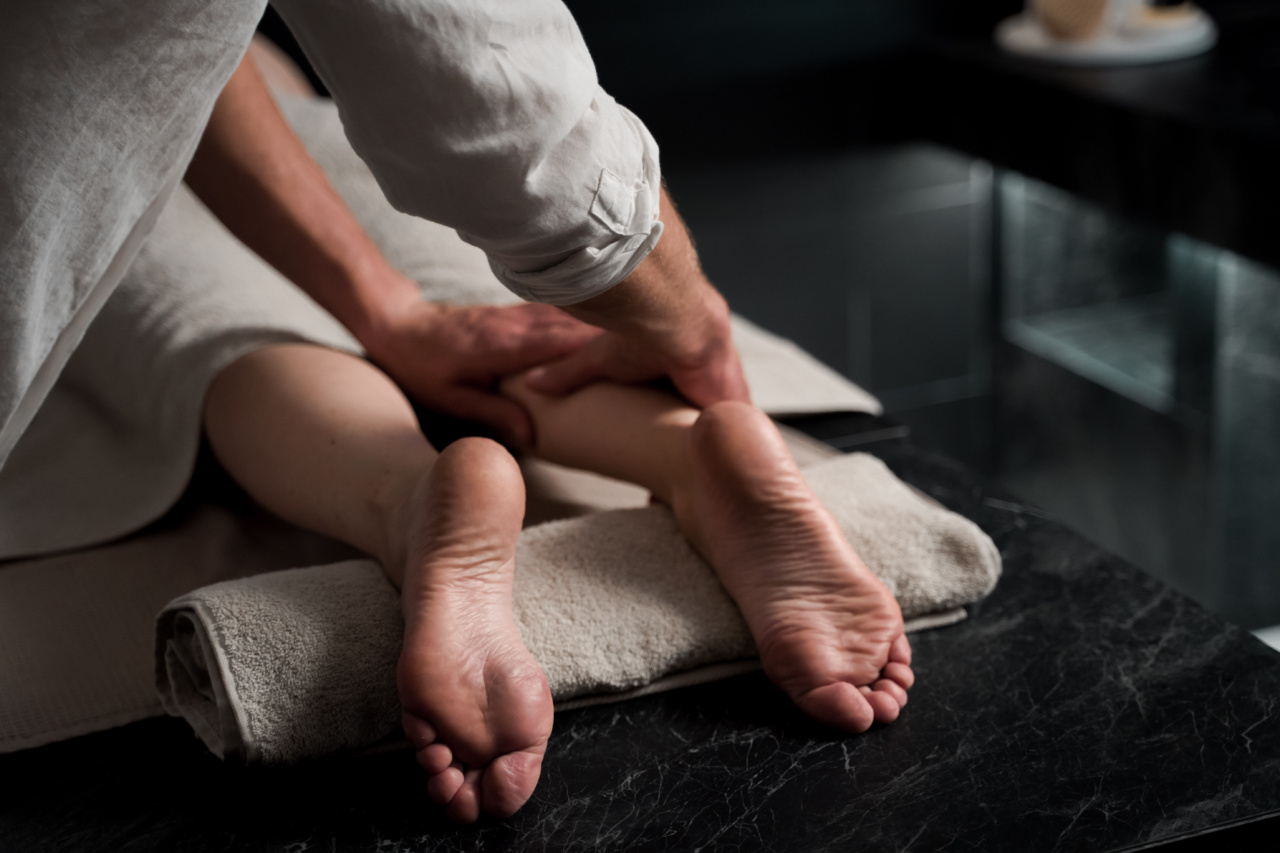Diabetes is a chronic disease that affects millions of people worldwide. It occurs when the body is unable to properly regulate blood sugar levels, resulting in high levels of glucose in the blood.
Over time, high blood sugar can cause damage to various organs, including the eyes, kidneys, nerves, and feet. In fact, foot complications are among the most common and serious complications of diabetes.
Why are people with diabetes at risk for foot problems?
People with diabetes are at risk for foot problems due to two main factors:.
- Nerve damage (neuropathy)
- Poor blood flow (vascular disease)
High blood sugar levels can damage the nerves in your feet over time, leading to numbness, tingling, or loss of sensation. Without proper sensation, you may not feel pain or notice injuries, such as blisters or cuts, on your feet.
This can lead to further complications, such as infections or even amputation.
Similarly, high blood sugar levels can also damage the blood vessels in your feet, reducing blood flow and oxygen supply to the tissues. This can slow down healing and increase the risk of infections.
How can diabetic foot problems be prevented?
The good news is that many diabetic foot problems can be prevented with proper foot care. Here are some tips:.
- Check your feet daily for any redness, swelling, blisters, cuts, or other signs of injury. Use a mirror or ask someone else for help if you can’t see the bottom of your feet.
- Wash your feet daily with lukewarm water and mild soap. Dry them thoroughly, especially between the toes, to prevent fungal infections.
- Moisturize your feet with lotion, but avoid applying it between the toes, as it can trap moisture and lead to infections.
- Trim your toenails straight across and file the edges to avoid ingrown toenails.
- Wear shoes that fit well and provide enough support and cushioning. Avoid high heels, sandals, or shoes with pointed toes.
- Wear clean, dry socks made of breathable materials, such as cotton or wool. Change them daily or more often if they become damp or dirty.
- Avoid walking barefoot, especially outside or on hot surfaces.
- Avoid smoking, as it can worsen circulation and increase the risk of infections.
- Control your blood sugar levels with medication, diet, and exercise, as directed by your doctor. High blood sugar can weaken your immune system and increase your risk of infections.
When to see a doctor
It’s important to see a doctor if you notice any signs of foot problems, such as:.
- Pain, numbness, tingling, or burning sensation in your feet or toes
- Redness, swelling, tenderness, or warmth in any part of your foot
- Blisters, sores, or ulcers on your feet that don’t heal within a few days
- Corns, calluses, or ingrown toenails that are painful or infected
Your doctor may refer you to a podiatrist, who specializes in foot care, or to a wound care center, if needed.
They may also check your blood pressure, circulation, and sensation in your feet, and provide you with special shoes or inserts to prevent further problems.
Conclusion
Diabetic foot care is a vital component in the treatment of diabetes. By following simple foot care tips and monitoring your feet regularly, you can prevent or reduce the risk of foot problems and maintain good overall health.
Don’t hesitate to seek medical attention if you notice any foot problems, and always comply with your doctor’s instructions on blood sugar control and foot care.































